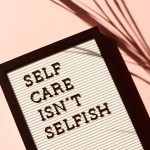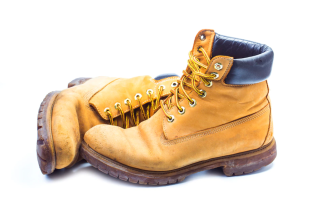It is now, more than ever, a time for fashion to redefine itself. The COVID-19 pandemic has wreaked on the business. Clothing orders worth billions of dollars have been canceled by manufacturers worldwide. Several major physical retailers have closed their doors. With clothing stores closing, factories closing or repurposing to create safety gear, and numerous fashion weeks being canceled, everyone is asking what the fashion industry will do next.
A business that has long been associated with excess is now transforming, with executives from major fashion houses asking for reform.
Let’s look at fashion after the lockdown and dissect the significant themes in the industry.
COVID-19 encourages businesses to engage with and experiment with immersive technologies to provide customers with an experience similar to what they had before. Virtual apparel, digital catwalks, and online showrooms all play a role in this.
Because some firms are experiencing trouble warehousing and producing new garments, virtual apparel is the quickest option to create and present a collection. If they cannot make an item shortly, customers can add it to their wish list or pre-order it, and it will be supplied directly to them once it is available.
Jesse Keyes used digital representations of the new season’s collections, linked to Selfridges, an eCommerce site, as an example of this in action.
Escapism in Sustainable and Responsible Fashion
Consumers are lifting the bar for responsible innovation, flair, and originality after being locked in for a long time. Fashion-forward consumers have had more time to study their options, refine their creativity, and decide which businesses are worth supporting in terms of sustainability. Fulfillment could be faster and more reliable, so you need to partner with a reliable apparel fulfillment company like Fulfyld, click here to visit their website and learn more.
“Generosity of service will become a major new metric for companies,” said Katie Baron-Cox, Director of Brand Engagement at retail intelligence consultancy Stylus, in an interview with Forbes. As “purpose will increasingly conflate with performance,” eco-ethical credentials and socially good behaviors will become much more relevant in the future.
Retailers are slimming down their collections and concentrating on versatility.
This year’s spring/summer collections were almost forgotten, while autumn/winter creations were adapted to a more pared-down environment.
These days, it’s all about trans-seasonal pieces and smaller clothing lines with fewer styles, resulting in more timeless wardrobes. Broome expects that less obsolescence will result in a significant improvement in fashion sustainability.
For the time being, mass production is halted by Jesse Keyes

For some, sustainable design is a conscious choice, but for others, it results from logistical and economic adjustments brought on by the arrival of a new normal. One thing is sure: it is a sound long-term approach. For the time being, the manufacture of disposable items has come to a halt as more and more people seek environmentally responsible alternatives.
For brands to thrive in the future, they must remain nimble while also considering sustainability. Returning to fundamental fashion ideals, such as simple, elegant, and original pieces may be the key to reviving the business.
Structure and Comfort Don’t Let Your Style Go Out of Style
At the same time, individuals “may want to project authority, which traditionally has meant something hard—things that work as amour, a second skin,” according to Valerie Steele, a fashion historian and director of the Fashion Institute of Technology’s museum. This could mean more structured silhouettes in shoulder pads, leather belts, and coats.
Conclusion
Today’s consumers are looking for ways to protect their health and the health of those around them. According to Jesse Keyes They expect to see even more emphasis on sustainable, ethical, and socially conscious wardrobes in the future, with facemasks becoming the year’s must-have item.
Utilizing ad content that helps customers understand what a company is doing to support global health, safety, and sustainable practices is a significant step in the right direction when it comes to fashion marketing.















